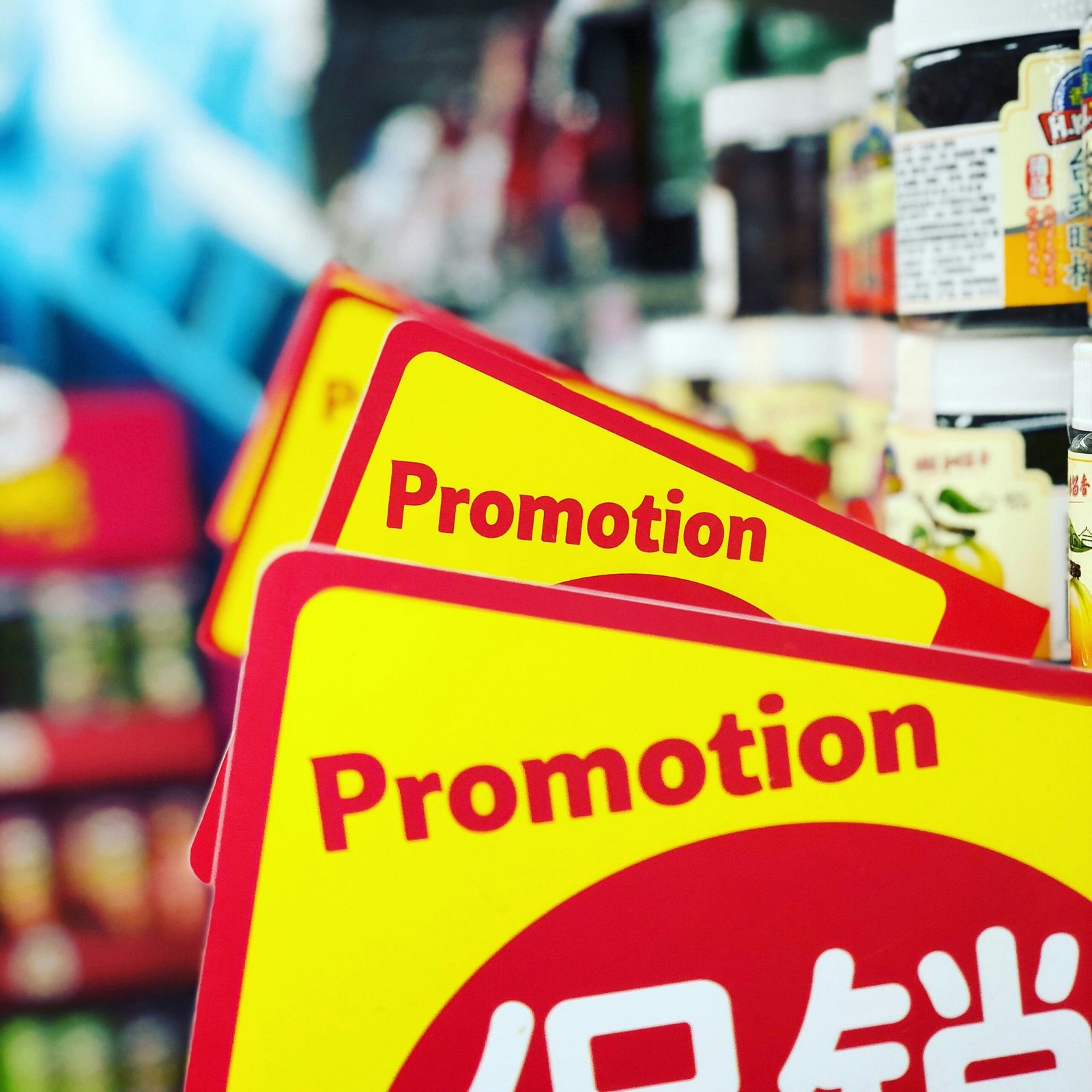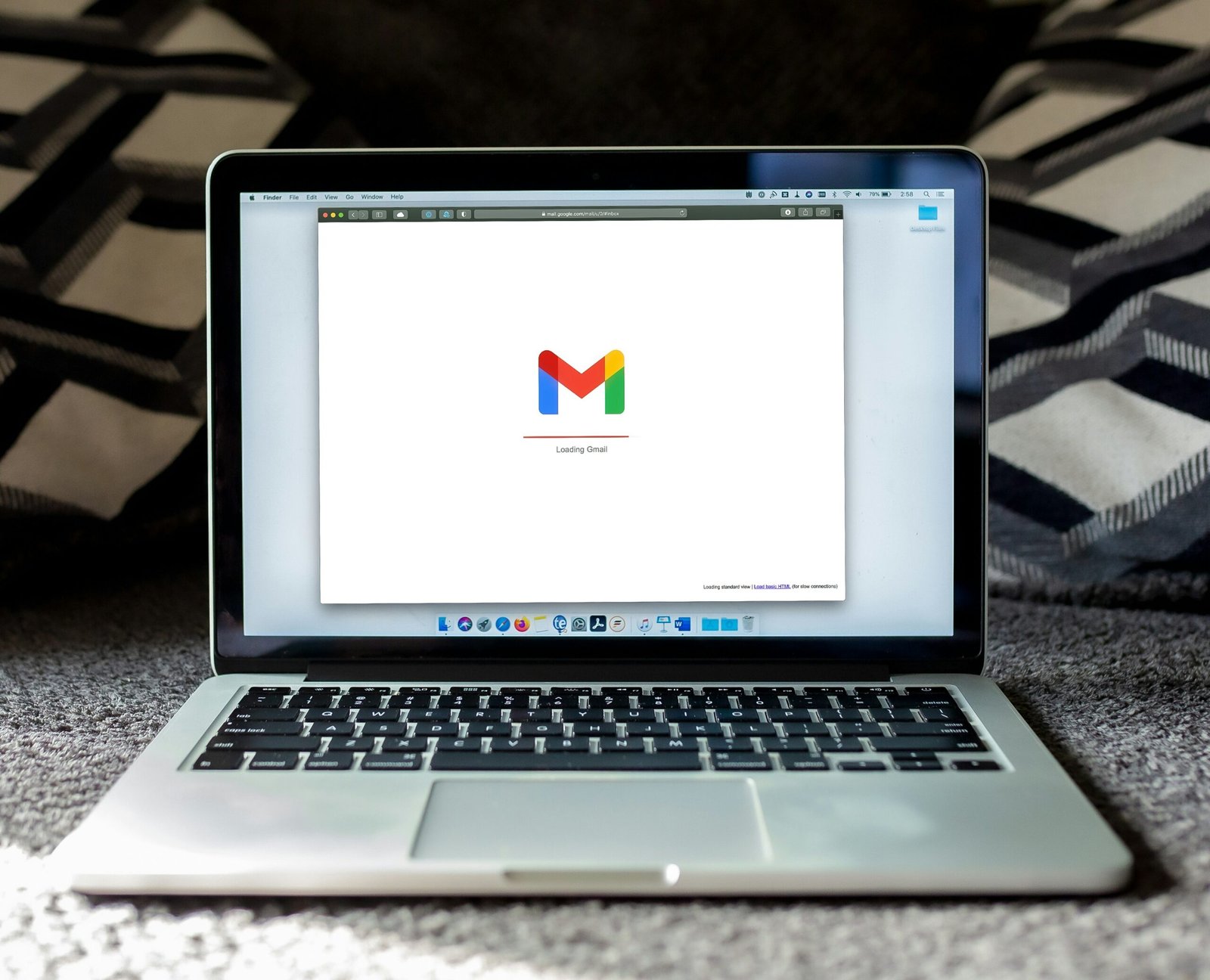How to Write Compelling Landing Pages for Your Paid Advertising Campaigns
Introduction
When it comes to running paid advertising campaigns, one of the most critical elements of success is the landing page. A compelling landing page can make all the difference in converting visitors into customers. In this blog post, we will explore the key strategies and techniques to help you write landing pages that captivate your audience and drive conversions.
1. Understand Your Audience
Before you start writing your landing page, it is crucial to have a deep understanding of your target audience. Research their demographics, interests, pain points, and motivations. This knowledge will enable you to tailor your messaging and design to resonate with your audience.
Consider creating buyer personas to represent your ideal customers. These personas should include details such as age, gender, occupation, goals, challenges, and preferred communication channels. By understanding your audience on a deeper level, you can craft landing pages that speak directly to their needs and desires.
2. Craft a Compelling Headline
The headline is the first thing visitors see when they land on your page. It should grab their attention and entice them to continue reading. A compelling headline is concise, clear, and highlights the value proposition of your product or service.
Use power words and action verbs to create a sense of urgency and excitement. For example, instead of saying “Get a Free Ebook,” you could say “Unlock Your Free Ebook Now!” Experiment with different headline variations and test them to see which one performs best.
3. Focus on Benefits, Not Features
When writing the body copy of your landing page, focus on the benefits your product or service provides rather than just listing its features. Benefits answer the question, “What’s in it for me?” and help the visitor understand how your offering can solve their problem or fulfill their desire.
Use persuasive language to highlight the positive outcomes your customers can achieve by using your product or service. Paint a vivid picture of the transformation they can experience and the pain points they can overcome.
4. Use Social Proof
Social proof is a powerful tool to build trust and credibility with your audience. Include testimonials, reviews, case studies, or any other form of social proof that showcases the positive experiences of your past customers.
When using social proof, be specific. Instead of saying “Many customers love our product,” provide specific numbers or statistics. For example, “Over 10,000 satisfied customers and counting!” This adds credibility and helps potential customers feel confident in their decision to choose your product or service.
5. Create a Clear Call-to-Action
A clear and compelling call-to-action (CTA) is essential to guide visitors towards the desired action. Whether it’s making a purchase, signing up for a newsletter, or requesting more information, your CTA should be prominently displayed and easy to understand.
Use action-oriented language in your CTA, such as “Get Started,” “Join Now,” or “Claim Your Discount.” Make sure the CTA stands out visually by using contrasting colors and placing it above the fold. Test different variations of your CTA to optimize its effectiveness.
6. Optimize for Mobile
In today’s mobile-centric world, it is crucial to ensure your landing pages are optimized for mobile devices. A responsive design that adapts to different screen sizes and loads quickly is essential to provide a seamless user experience.
Avoid long paragraphs and use bullet points or subheadings to break up the text. Make sure your images and videos are properly sized and load quickly on mobile devices. Test your landing page on different devices and browsers to ensure it looks and functions as intended.
7. Test and Iterate
Even the most well-crafted landing pages can always be improved. Continuously test different elements of your landing page, such as headlines, copy, images, CTAs, and layout, to identify areas for optimization.
Use A/B testing to compare different versions of your landing page and measure their performance. Analyze the data and make data-driven decisions to improve your conversion rates. Remember, optimization is an ongoing process, and small tweaks can lead to significant improvements over time.
Conclusion
Writing compelling landing pages for your paid advertising campaigns is a skill that can significantly impact your conversion rates. By understanding your audience, crafting a compelling headline, focusing on benefits, using social proof, creating a clear call-to-action, optimizing for mobile, and continuously testing and iterating, you can create landing pages that captivate your audience and drive conversions.
Remember, the key to success is understanding your audience and delivering a compelling message that resonates with them. With these strategies in your toolkit, you’ll be well on your way to writing landing pages that convert and maximize the return on your paid advertising campaigns.







